Animal Feed consists of more than 60% cost of Production for a Farmer. By Optimizing the feed, a farmer could improve the Productivity, Health and Reproductive Function of Farm Animal. The annual requirement of cattle feed in India is around 183.29 million tonnes (source: CLFMA) and the animal feed industry is growing at the rate of 8 percent per annum.
At present most of the Farmers in India either grow feed on their land for Cattle or buy it from the Market. However, dairy farmers are facing various constraints for production of green fodder like small landholdings, unavailability of land for fodder cultivation, scarcity of water or saline water, non-availability of excellent quality fodder seeds, labor requirement, the need for manure and fertilizer, longer growth period (45-60 days), fencing to stop fodder crop from wild animals, natural calamities, etc. Also, the non-availability of the quality of fodder around the year hinders the process of sustainable dairying. Also buying fodder from the Market is costly.
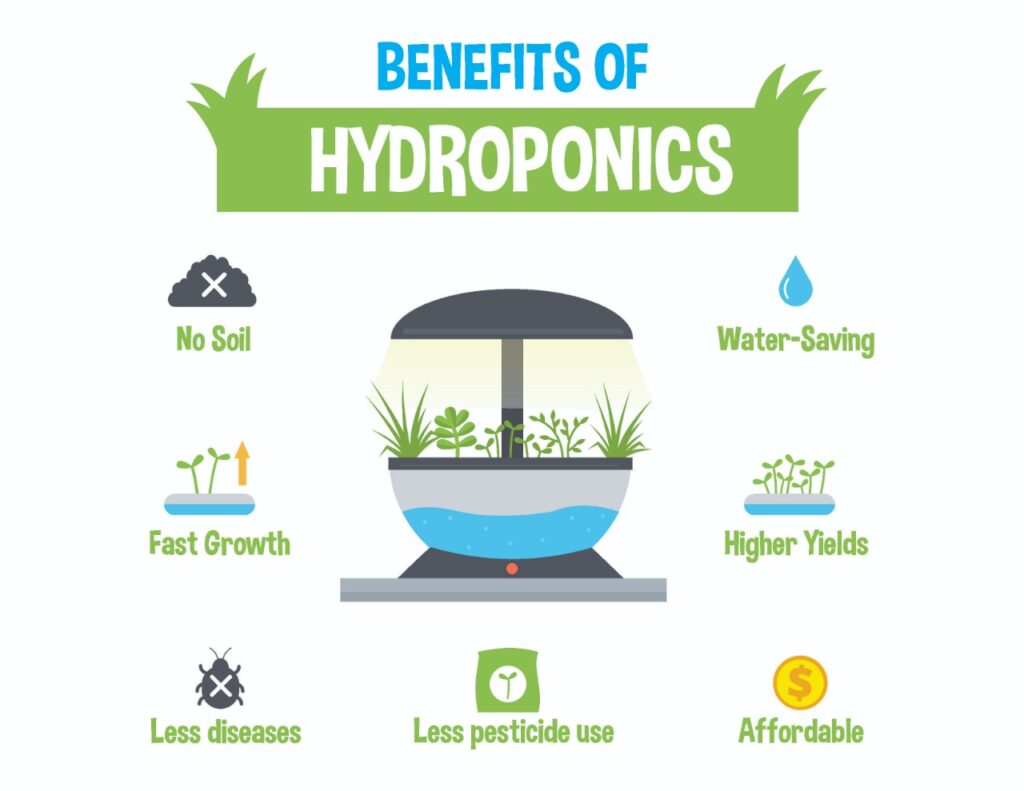
Hydroponics has emerged as the alternative technology to cultivate fodder for Dairy Cattle because of the problems and Constrained mentioned above. Hydroponics fodder production involves a method of growing plants inside a greenhouse (hi-tech or low-cost devices) for a short duration (approx. 7 days). Here the usage of the nutrient solution for the production of the hydroponics fodder is not mandatory and normal water can be used.
Method of Production of Hydroponics Fodder:
Hydroponics Fodder is produced in Greenhouses under a controlled environment, the greenhouse is a framed or inflated structure covered with a transparent or translucent material in which crops are grown and the environment can be controlled. In India, two types of Greenhouse Cultivation units are used.
- Hi-Tech Greenhouse type Cultivation Unit: This has a control unit to automatically regulate the input of water, air, and light through sensors. The daily production potential is 600 kg of fresh fodder. Hi-Tech greenhouse may be a multi-span structure. The cost varies depending on type of crop, the cladding material used and environmental systems incorporated. Average cost of a Hi-Tech Greenhouse per square meter is Rs. 2000. The final cost of setting up Hi-Tech Greenhouse type cultivation Unit in 1 Acre land will be around Rs 80-90 Lakhs as per data of year 2019.
- Low-Cost Greenhouse type Cultivation Unit: The low-cost greenhouses or shade net structures can be prepared from bamboo, wood, MS steel, or galvanized iron steel. The cost of the shade net structures depends upon the sort of fabricating material but is significantly less than the Hi-tech greenhouses. Average cost of a Low-Cost Greenhouse per square meter is Rs 175. The final cost of setting up Low-Tech Greenhouse type cultivation Unit in 1 Acre land will be around Rs 8-9 Lakhs as per data of year 2019.
Advantages of Hydroponics Fodder:
The water requirement is just 3-5% of the water needed to produce the same amount of forage produced under field conditions. The yield time is faster and fodder is ready to harvest in 7 days. Fodder production is faster as the nutrients are supplied directly to plant and no large roots or soil are present to utilize the nutrients. The fodder generated is fresher and chemical-free as no pesticides are used. Hydroponics is more environmentally friendly than traditional agriculture because fertilizers are rarely used which leads to reduced carbon footprints. This reduces greenhouse gas emissions considerably. The Space requirement is very less as compared to the traditional method of fodder cultivation, here space is required to set up the Greenhouse and productivity is very high. To produce 1000 Kg of Hydroponics, fodder the area required is just 300sqft were as to produce the same quantity of conventional fodder the area required is 2700sqft. Also, the availability of fodder is round the year and not dependent on climate conditions as the traditional method.
Disadvantages of Hydroponics Fodder:
The initial cost is a crucial factor if a farmer is installing a Hi-Tech greenhouse cultivation unit. These types of units require routine maintenance and that adds up to the fixed cost. Such types of units are susceptible to prolonged power outages and crops can get damaged if generator backup is not there. The risk of water-borne diseases is high and the entire crop is susceptible to the disease if proper care is not taken.
Overall, Hydroponics Fodder Cultivation is beneficial for the dairy farmer, and according to a study of Kerala Veterinary Science & Animal Sciences University (KVASU) in 2015 with a sample size of 6 Milch Cows, the Milk production of Milch Cows had increased by 1 to 3 litters per day, there was an increase of 0.3 percent fat and 0.5 percent SNF content, fetching better prices to farmers. Also, with more technological changes coming in greenhouse production the rates are expected to go down which will further boost the profits of the farmer and will lead a pathway for Sustainable and Profitable Dairy Farming.
References:

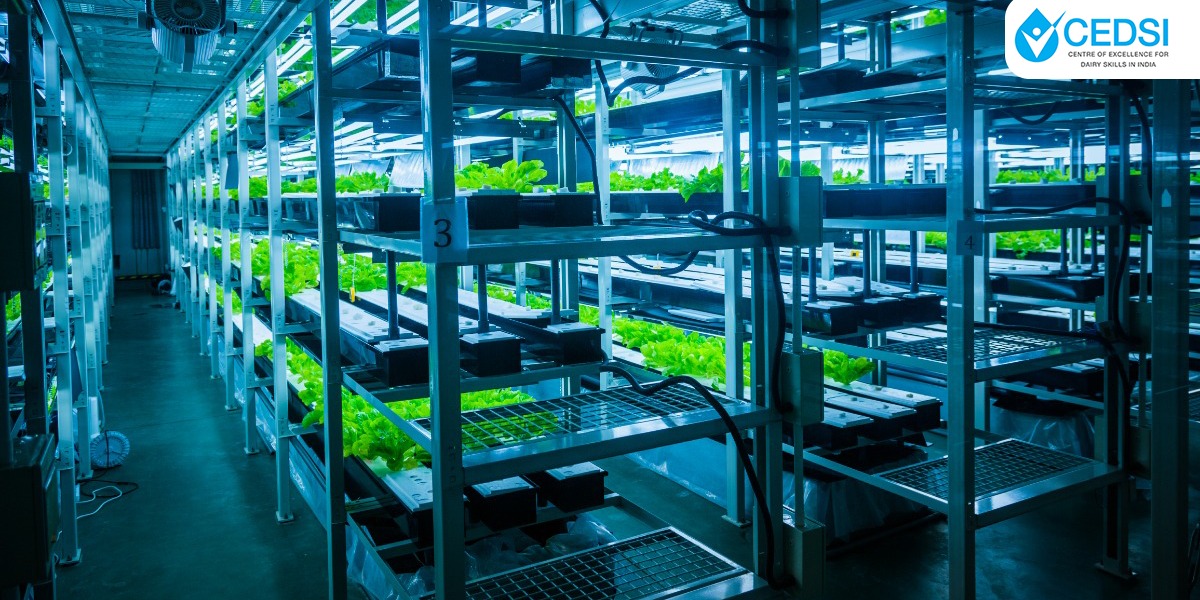
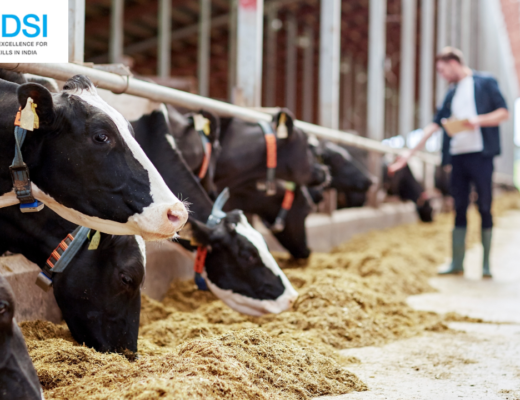
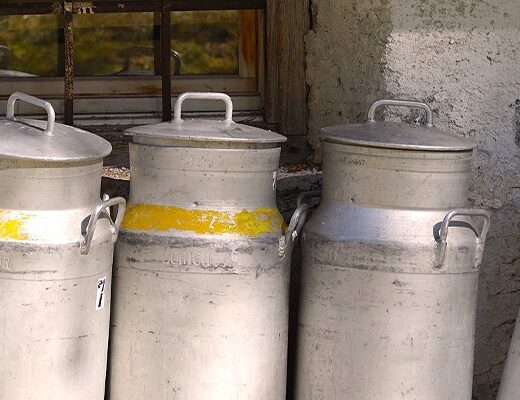
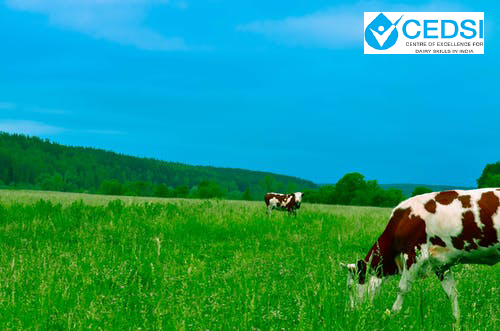
I was extremely pleased to uncover this website.
I wanted to thank you for your time due to this wonderful read!!
I definitely liked every bit of it and I have you bookmarked to
see new stuff on your site.